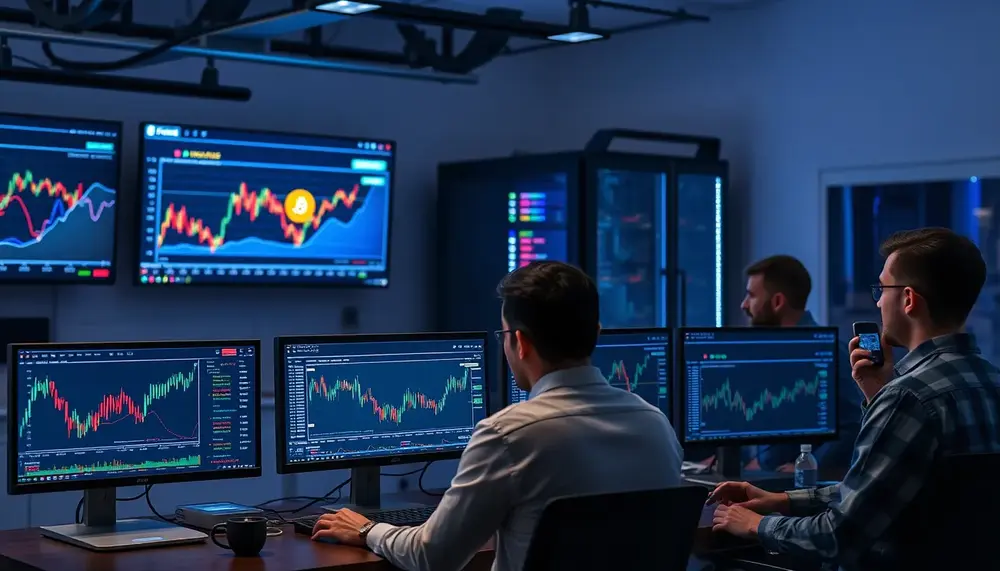Efficient Trading with Bitget Kaspa: Maximizing Your Efficiency
The article from Krypto Magazin titled "Erfolgreich mit Bitget Kaspa: So maximieren Sie Ihre Effizienz" delves into the advantages of trading Kaspa (KAS) on the Bitget platform. It highlights how users can securely store their coins in integrated wallets and utilize automated tools to implement efficient trading strategies. The piece emphasizes that Kaspa, a Layer-1 Proof-of-Work cryptocurrency founded by Yonatan Sompolinsky, has gained significant traction since its launch in November 2021 due to its unique technology and community focus.
A notable feature of Kaspa is the GHOSTDAG protocol, which ensures security and scalability without compromising decentralization. This makes it an attractive option for investors interested in blockchain's future. Currently priced at $0.1305 with a slight increase of 2.11% over the last 24 hours, these price movements reflect growing interest and trust within the community regarding Kaspa’s long-term prospects.
KAS/USDT Trading on Bitget
The Krypto Magazin further explains that trading Kaspa against Tether (USDT) on Bitget provides traders with an efficient way to capitalize on this cryptocurrency's price fluctuations. With no percentage change noted recently for the KAS/USDT pair currently valued at $0.13045, this stability presents both opportunities and challenges for traders seeking quick entries or exits without risking significant price deviations.
Bitget offers advanced trading tools suitable for beginners as well as experienced traders looking to make informed decisions through various order types like limit orders or market orders tailored towards individual strategies.
Price Predictions for 2025 and Beyond
The article also discusses future predictions where analysts anticipate that by 2025, prices could rise to approximately $0.1921 based on current market analysis and technological advancements expected to positively impact overall value trajectory. Analysts suggest a potential continued upward trend in value, with further increases projected into the year 2030.
Sources:















